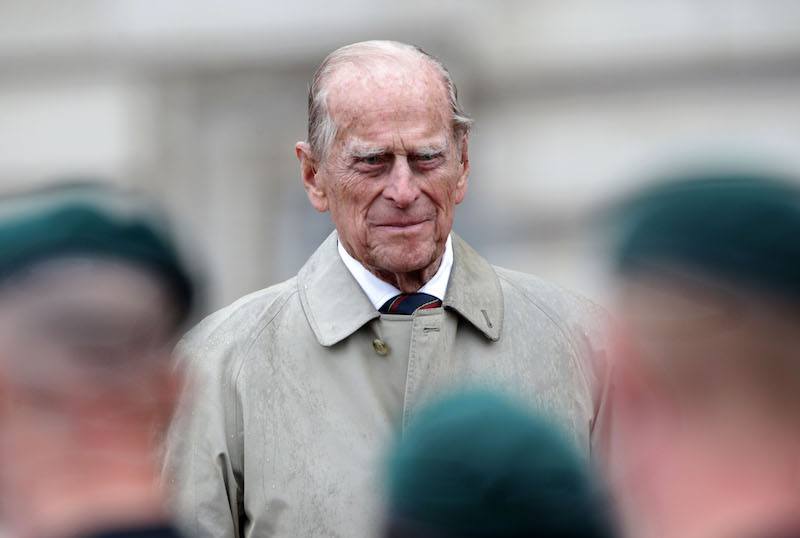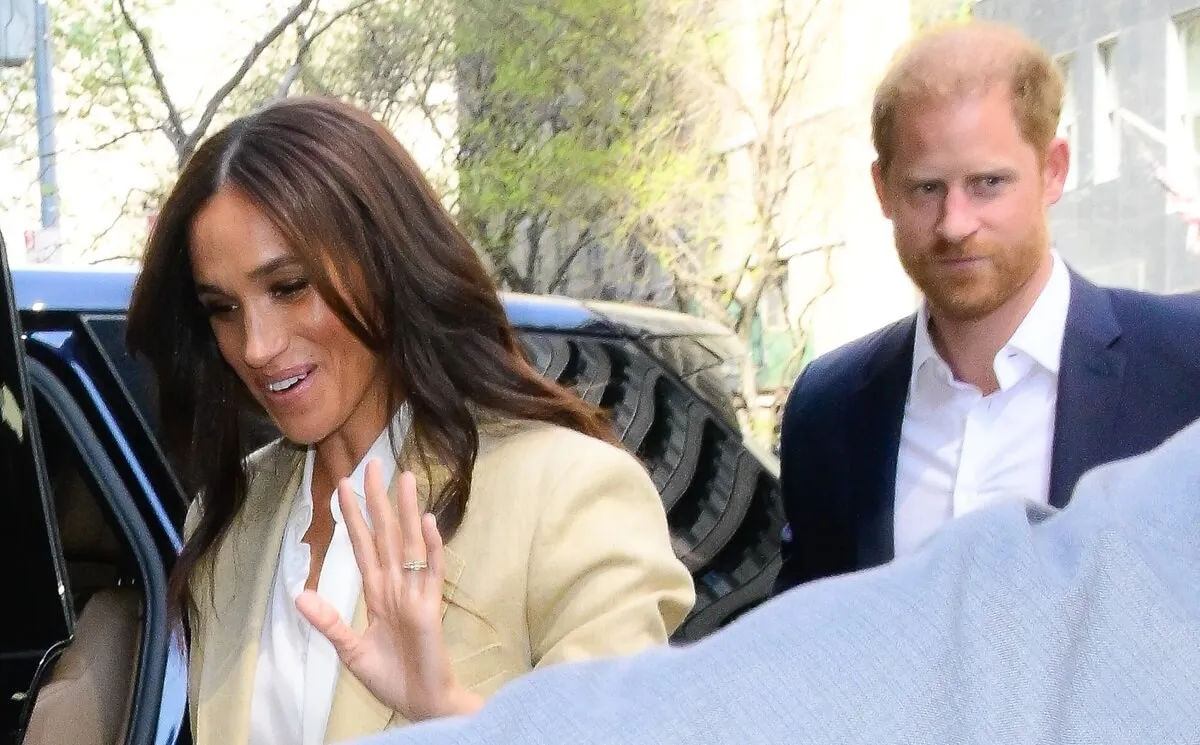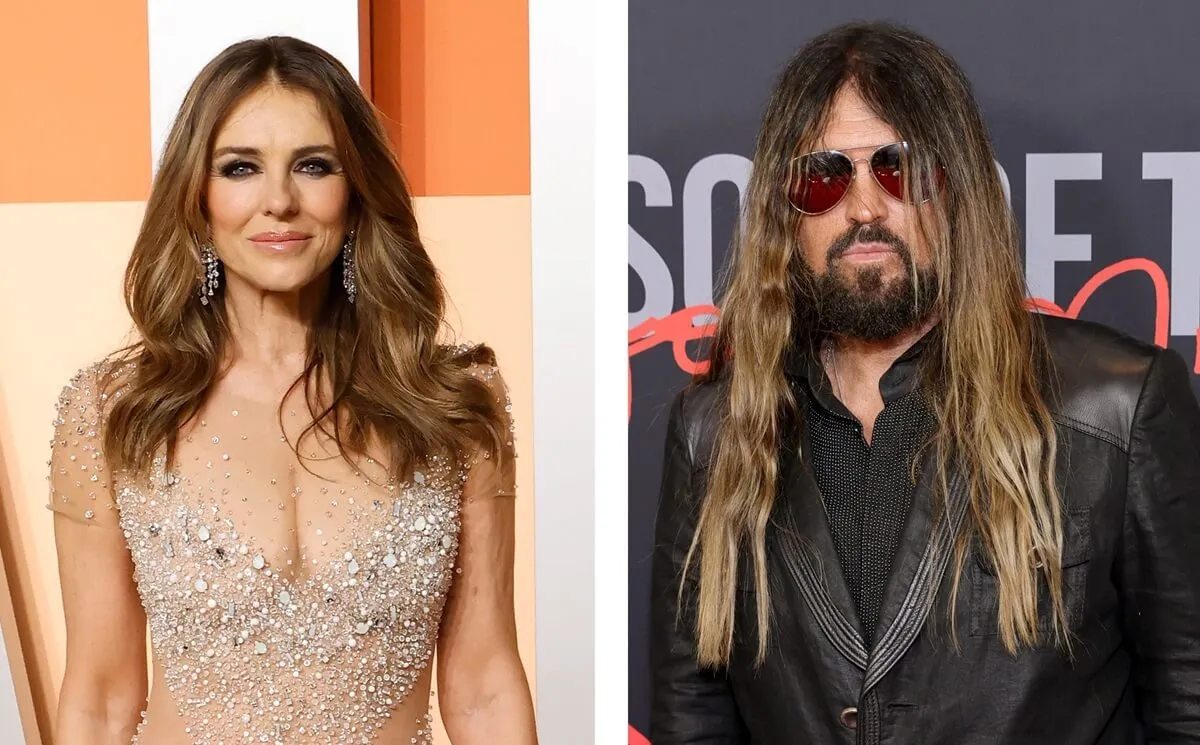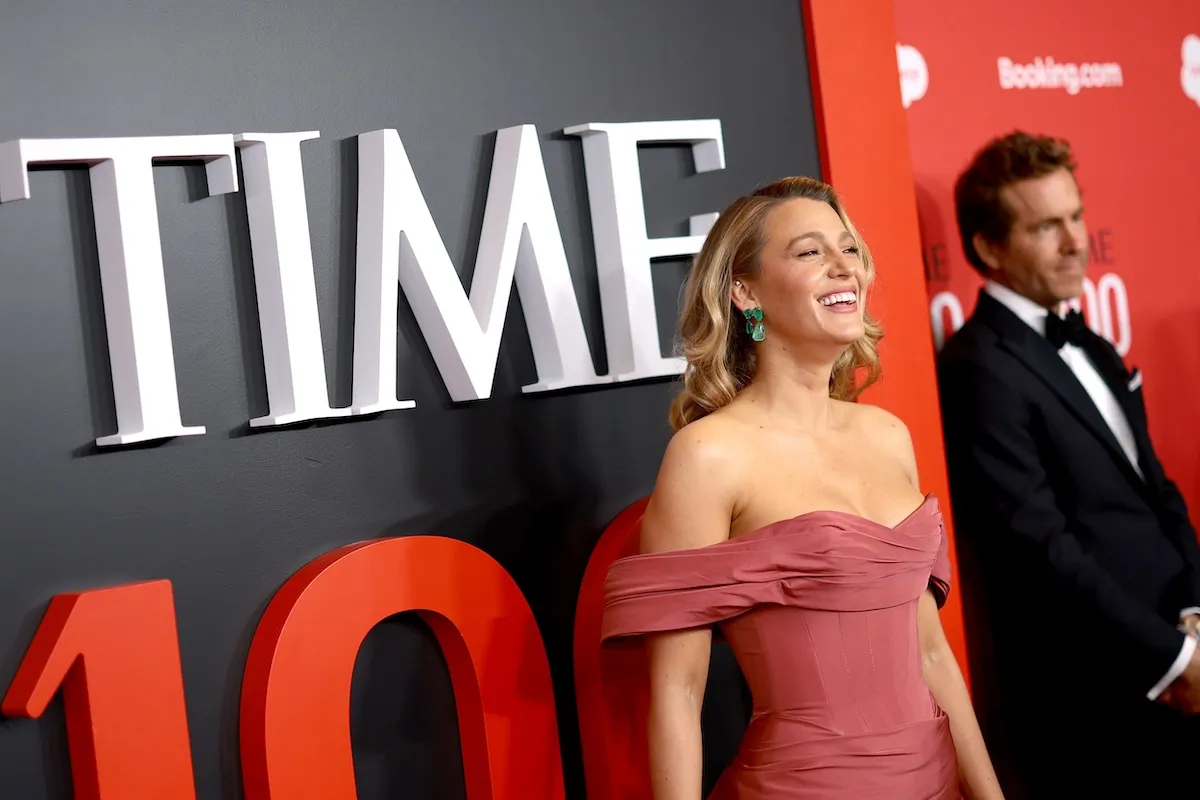Does Prince Philip Have a Last Name?
In the royal family, last names aren’t nearly as important as official titles. In fact, the royal family’s last name didn’t even exist until the 20th century. With that said, the royal family’s last name has gone through some changes in the last century — especially after Prince Philip joined the family.
Does Prince Philip have a last name? Technically, he does. But, Prince Philip’s last name is not the same as other members of the royal family. Find out more about the royal family’s last name, including what Prince Philip’s is and why he doesn’t technically have to use it.

Prince Philip’s last name
Prince Philip is a descendant of Greek and Danish royalty and, therefore, was born a Prince of Greece and Denmark. However, before his marriage to the then Princess Elizabeth, Prince Philip got rid of his royal titles and became a British subject. Because of that, the young prince needed a last name, so he adopted his maternal grandparents’ last name, Mountbatten.
Once he married Princess Elizabeth and received His Royal Highness status, he no longer needed his last name. Those with His or Her Royal Highness (HRH) status don’t require the use of a last name because of their high ranking. However, they can use a surname if necessary, such as in school or in the military. For example, between February 1947 and November 1947, he was known as Lieutenant Philip Mountbatten, despite his royal title technically being His Royal Highness Prince Philip of Greece and Denmark.
The royal family’s last name
When Queen Elizabeth II ascended the throne, there were questions about how the royal family’s house name would change. And, at the time, Prince Philip’s uncle, wanted them to change the name to House of Mountbatten. However, after Queen Elizabeth’s grandmother, Queen Mary found out, she consulted the Prime Minister, Winston Churchill. He then told Queen Elizabeth to keep the name House of Windsor.
Needless to say, Prince Philip was a little upset about not carrying on his family name. So, long story short, the two worked out an agreement that male descendants of Queen Elizabeth II and Prince Philip — those that don’t have HRH style — would have the last name Mountbatten-Windsor.
Today, Mountbatten-Windsor is still technically the family’s last name. However, those with HRH ahead of their names are not required to use it and often use their personal house name instead. For example, before he married Meghan Markle, Prince Harry was known as His Royal Highness Prince Harry of Wales. When in the military, the prince often went by Harry Wales.
Prince Philip’s royal titles
In addition to his last name, Prince Philip also has royal titles — some of which are more well-known than his surname. However, since he has had so many, Prince Philip’s royal titles can get a bit confusing. Ahead, we take a look at some of the most well-known and notable ones.
His Royal Highness Prince Philip of Greece and Denmark
Dates active: June 10, 1921 to February 28, 1947
Prince Philip was born into a royal family and therefore known as His Royal Highness Prince Philip of Greece and Denmark from his birthdate to February 28, 1947. Rumor has it, the young prince denounced his official royal title ahead of his marriage to the then Princess Elizabeth.
Lieutenant Philip Mountbatten
Dates active: February 28, 1947 to November 19, 1947
From February 28, 1947 to the day before his marriage to Princess Elizabeth, Prince Philip went by his military title, Lieutenant Philip Mountbatten.
His Royal Highness Sir Philip Mountbatten
Dates active: November 19, 1947 to November 20, 1947
Typically, a royal’s title changes upon their wedding day, but King George VI made an adjustment to Prince Philip’s the day before his royal wedding and added HRH to his official title. In addition, Sir was included in his name, since he had previously been knighted as a Knight of the Garter.
His Royal Highness The Duke of Edinburgh
Dates active: November 20, 1947 to February 22, 1957
On his royal wedding day, King George VI named Prince Philip the Duke of Edinburgh, along with Earl of Merioneth and Baron Greenwich. A royal dukedom is one of the highest ranking titles in the royal family and traditionally reserved for the sons and grandsons of a monarch. However, because he was previously a prince, it is believed that King George VI bent the rules a tad to make Philip a duke.
His Royal Highness The Prince Philip, Duke of Edinburgh
Dates active: February 22, 1957 to present
Despite keeping his dukedom, Prince Philip’s royal title changed again in 1957 to add Prince. Today, he is officially known as His Royal Highness The Prince Philip, Duke of Edinburgh.
Consort
Prince Philip’s royal title is also a reflection of his consort status. As prince consort — aka, the monarch’s husband — to the queen, Prince Philip is her right-hand man and has accompanied her on many high-level events, ceremonies, and other official duties.
Check out The Cheat Sheet on Facebook!


